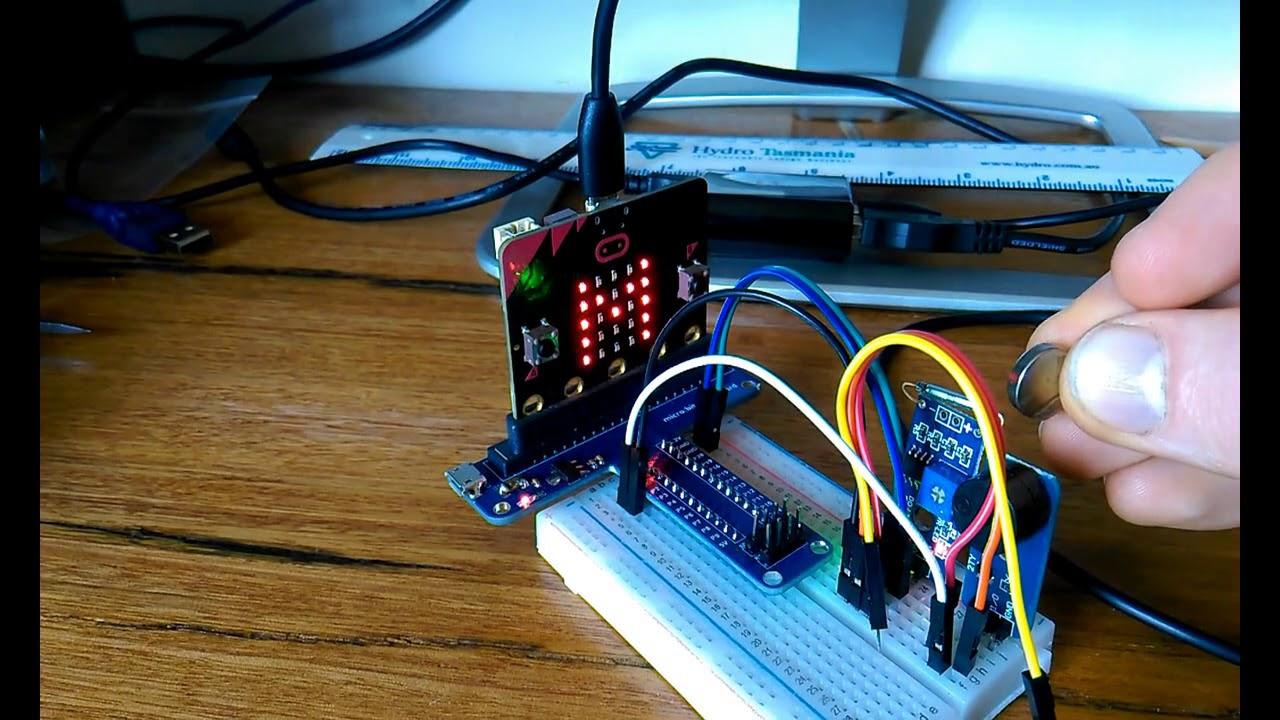Reed switch devices find wide application in various industrial applications for detecting the presence or absence of a magnetic field. They are compact and flexible mechanical switches that operate due to variation of magnetic field and are commonly used in proximity sensors. Reed switches are widely used in security systems, data communication devices, sensor devices and aviation controls owing to their long battery life, excellent durability, reliability and resistance to shock and vibrations. The global reed switch device Market is estimated to be valued at US$ 373.09 Bn in 2023 and is expected to exhibit a CAGR of 20% over the forecast period 2024 to 2031, as highlighted in a new report published by Coherent Market Insights.
Market Dynamics:
The surge in industrial automation across various industries such as manufacturing, automotive, oil & gas, chemicals and food & beverages is one of the major drivers fueling the growth of global reed switch device market. Reed switch devices are extensively used in programmable logic controllers (PLC), robotics, machine vision systems and other automated equipment to detect the proximity and movements of metallic objects. Moreover, the implementation of Industry 4.0 and IIoT technologies by various industries is further driving the adoption of automation solutions equipped with reed switch sensors. However, limitations related to response time, use in environments producing strong magnetic fields and susceptibility to environmental hazards such as moisture and temperature variations impedes the growth of this market.
SWOT Analysis
Strength: Reed switch devices have a simple yet robust design that makes them well-suited for various applications. Their contactless and hermetically sealed operation allows them to withstand dirt, dust, and moisture. They also produce consistent, reliable performance over millions of operations with low power consumption.
Weakness: Reed switch devices have fixed activation or deactivation points that are not adjustable after installation. Their size and shape also limit some design possibilities. Being magnetic field-activated components also means they are susceptible to electromagnetic interference.
Opportunity: The growing adoption of IoT devices and industrial automation in sectors like automotive, manufacturing, and oil & gas will drive demand for reliable sensing components like reed switches. New applications requiring contactless, durable switches also present opportunities.
Threats: Advancing solid state technologies like MEMS switches offer possibilities to replace reed switches in some uses due to their adjustable characteristics and smaller sizes. The entry of new low-cost switch alternatives can threaten reed switch market share. Supply chain disruptions and economic downturns also impact demand.
Key Takeaways
The global reed switch device market size is expected to witness high growth over the forecast period from 2024 to 2031. With a CAGR of 20%, the market size is projected to increase from US$ 373.09 billion in 2024 to over US$ 1 trillion by 2031.
Regional analysis shows that Asia Pacific currently dominates the market, accounting for around 35% share due to the large manufacturing industry and growing industrial automation adoption in China, India, Japan, and other countries. North America follows with a market share of 25% and Europe has a share of 20%. The rapid industrialization of emerging economies in Asia Pacific will help it remain the fastest growing regional market.
Key players operating in the reed switch device market include ABB Ltd., GE Digital, PTC Inc., Robert Bosch GmbH, Siemens AG, Accenture plc., Capgemini, and HCL Technologies Limited. These leading players are focusing on developing innovative product variants, expanding into new application areas, and gaining additional market share through strategic collaborations and acquisitions.
Sponsored
Reed switch device is Estimated to Witness High Growth Owing to Surge in Industrial Automation
Posted 2024-02-08 13:09:22
0
27

Search
Sponsored
Categories
- Art
- Causes
- Crafts
- Dance
- Drinks
- Film
- Fitness
- Food
- Games
- Gardening
- Health
- Home
- Literature
- Music
- Networking
- Other
- Party
- Religion
- Shopping
- Sports
- Theater
- Wellness
Read More
Travel BPO industry can benefit from outsource call centers
The Travel BPO Industry has seen tremendous expansion over the last few years and has contributed...
Goalpost Riches: Profiting from Online Football Betting Markets
Online football betting has transformed the landscape of sports wagering, providing enthusiasts...
Glucose Monitoring System Market Size, Emerging Trends, Forecasts, and Analysis
Stratview Research publishes a new report titled Glucose Monitoring System Market which is...
Burnes strikes out 10 within just dominating efficiency, Brewers prevail over the Cardinals 2-0
Box ScoreOn a sizzling, humid night time at American Spouse and children Industry, a pitcher's...
Build a Successful Multi-Delivery Service App With a Glovo Clone App
Creating a successful multi-delivery service app like Glovo requires careful planning, robust...
Sponsored